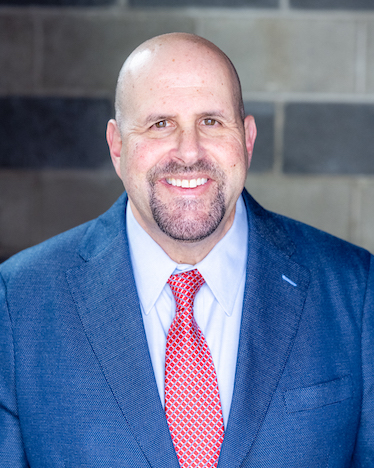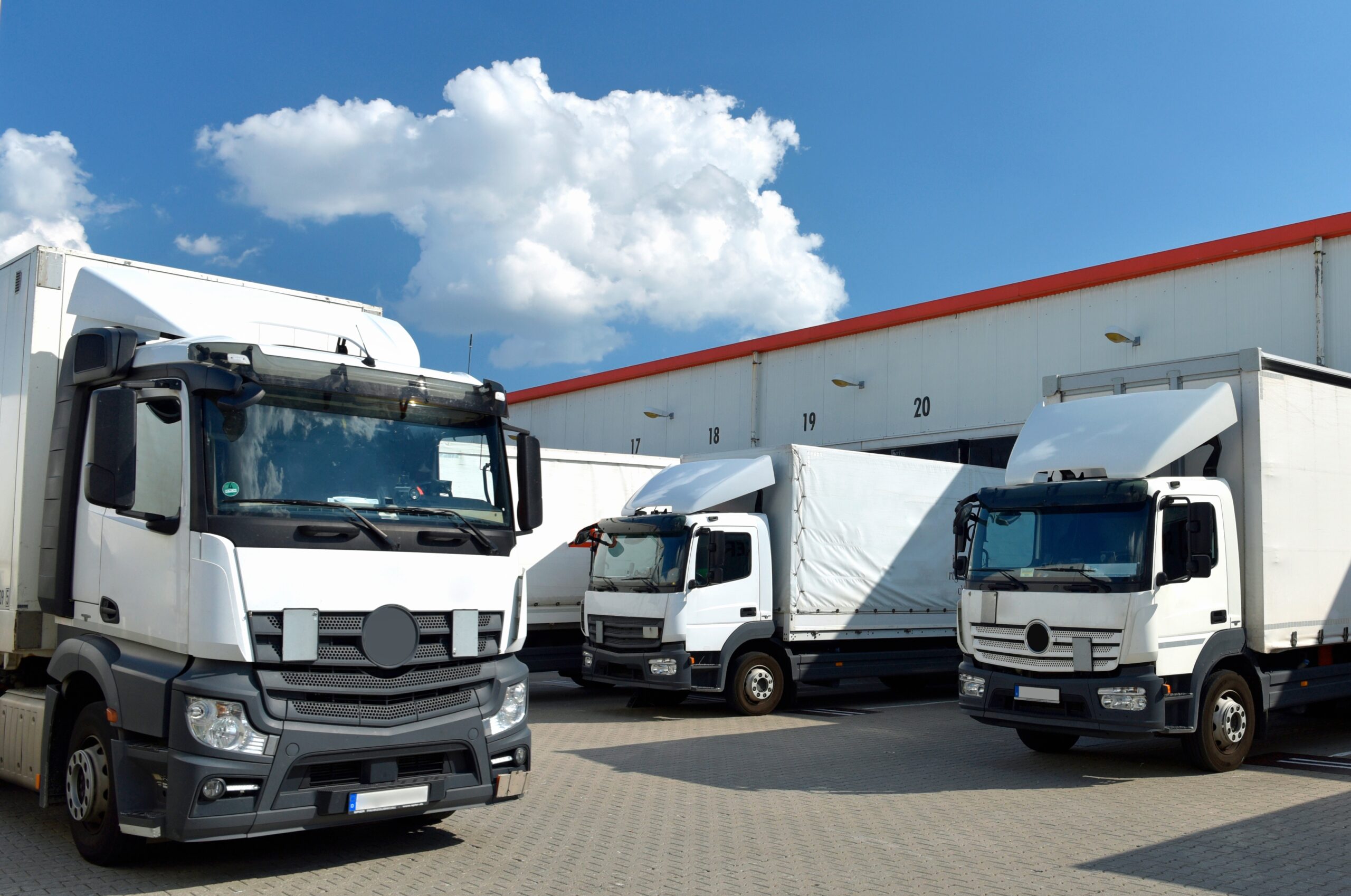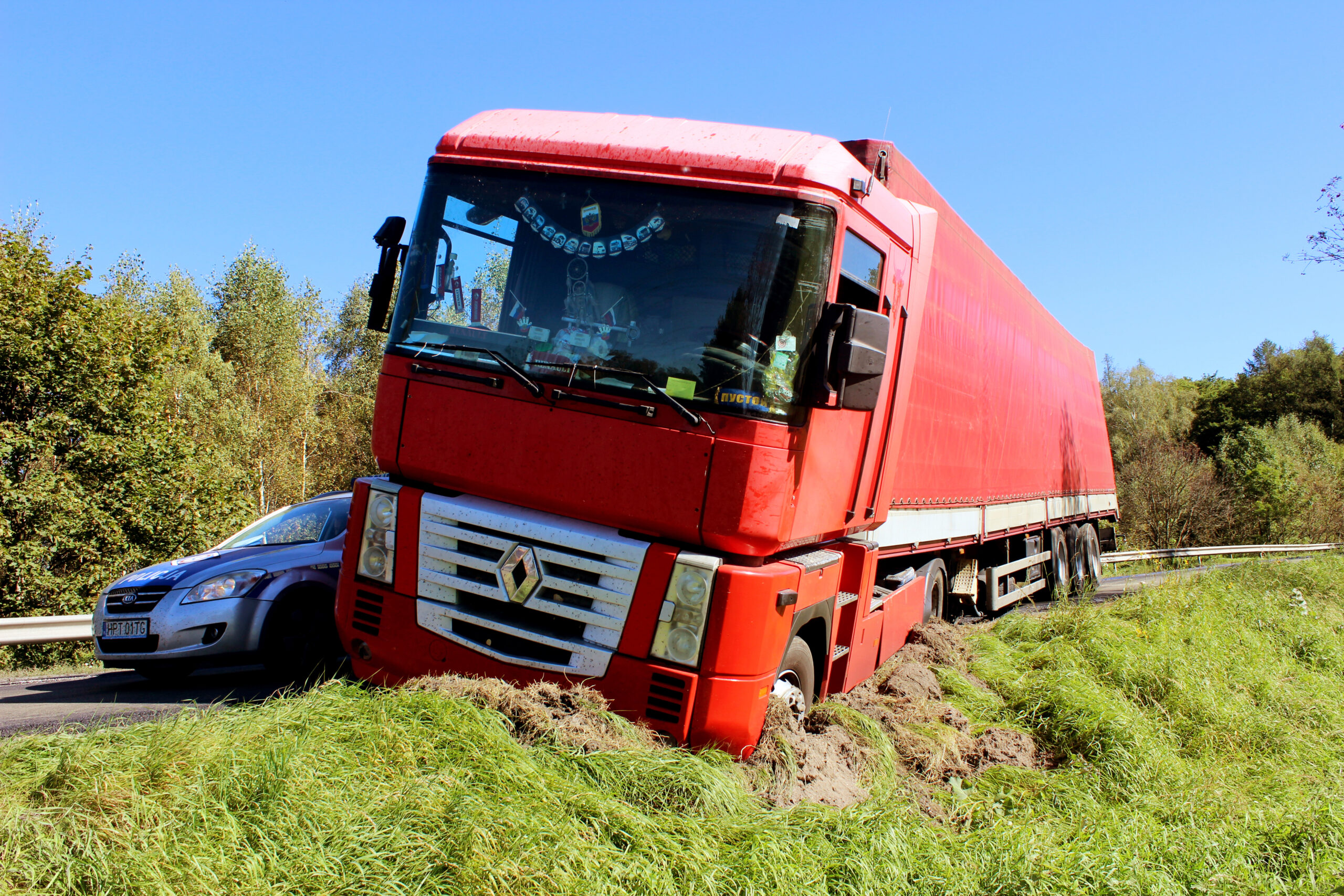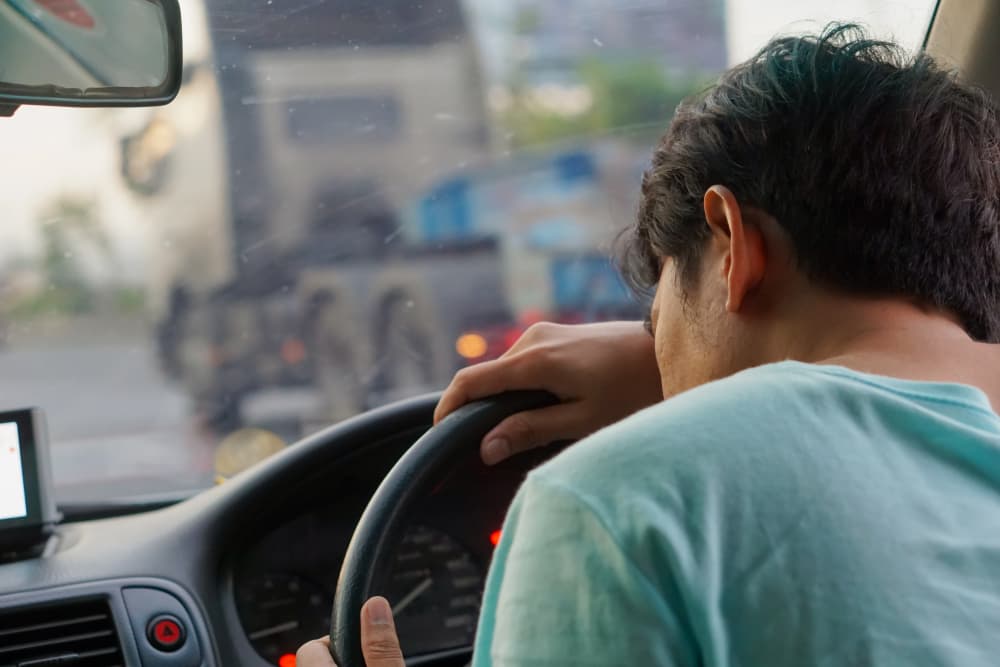Wide Turn Truck Accidents
As drivers, we make right turns every day. We do it with ease, and don’t give it a second thought. But for large trucks, right turns are a different story. These trucks must make wide right turns. This requires the truck driver to turn beyond the intended turn lane and often encompass adjacent lanes and even overtake lanes of oncoming traffic.
Making these turns is difficult and requires a great deal of skill. When a driver is inexperienced or makes a mistake, accidents can happen. In 2017,
over 4,100 people died in large truck accidents. Of these, 68 percent were occupants of passenger vehicles. Another 14 percent were either pedestrians, bicyclists, or motorcyclists. If you have been injured in an accident, an experienced
truck accident attorney can help.
A Closer Look: How Do Wide Right Turn Accidents Happen?
If not properly executed, wide right turns can be extremely dangerous. A large truck has a
turning radius of approximately 55 feet. This means that to successfully make a turn they must encroach on nearby lanes of traffic. This makes other vehicles and pedestrians vulnerable. But how do these types of accidents happen?
- The driver swings too far left: Truck drivers know that they have to swing left to make a right turn. But only an experienced driver knows just how far left. When a driver takes a turn too wide they can collide with nearby vehicles. This happens when they turn into traffic driving the opposite direction or they turn into the path of a driver approaching on the left.
- The driver doesn’t swing wide enough: Two things can happen when a driver tries to negotiate too tight of a right turn without swinging wide enough. Number one, they run over the curb or sidewalk or intrude on a bike lane. When this happens they can injure pedestrians that were in their path. The second scenario is just as serious. If a driver turns too tight, they run the risk of tipping the truck. At 80,000 pounds, a falling semi-truck will crush nearby vehicles.
- The truck driver fails to notify other drivers of their intent to turn: Semi-trucks have warnings on the back of their trailers to inform drivers that they make wide turns. This warning advises passenger vehicles to stay back and allow ample room. If a passenger vehicle attempts to pass a truck on the right while they are making a right turn they can become pinned between the cab and the trailer. If a truck driver does not use their turn signals before making a turn, other vehicles will not know to stay out of their path.
Why Do These Accidents Happen?

Accidents happen for a variety of reasons. When it comes to wide right turns, the truck driver almost always holds some level of responsibility. But different factors can make these accidents more likely to happen. This includes:
- Inexperience: Truck drivers must undergo extensive training to qualify to drive a large truck. But with anything, with experience comes skill. New drivers may not have the skill necessary to navigate wide turns. Also different trucks that they are not familiar with could pose a problem. Along the same lines, a driver who is inexperienced with the area may have problems navigating a difficult turn.
- Inattention: Driving a large truck carries a great amount of responsibility. When a driver makes a right turn, they must give the task their full attention. This means checking for oncoming traffic, watching for vehicles who may attempt to pass, and clearing their blindspots. Common reasons for driver inattention include driver fatigue and complacency.
- Driving under the influence: Driving under the influence is dangerous. When it comes to driving a large truck. it can be deadly. Alcohol impairs a driver’s ability to think, process, and make good decisions. In 2017, 252 truck drivers involved in fatal accidents tested positive for at least one drug.
Other Common Causes of Wide Turn Truck Accidents
In addition to a lack of experience, inattention, and driving under the influence, truck drivers may also cause an accident during a wide turn for other, more specific reasons, such as:
- Failing to use mirrors to make sure space is clear for turn. Trucks heavily rely on their mirrors to maneuver their trucks. Most semi trucks are 70 feet or longer so the use of mirrors is critical. When a driver does not rely enough on their mirrors, they may underestimate their turns and inadvertently cause an accident on the road.
- Merging into a turn lane too quickly. Trucks obviously need to be much more careful about where they are positioned before they make a turn. If they are a little late in noticing that their turn is coming up, they may make the poor decisions to merge over without properly checking if the lane is clear.
- Backing up to complete a turn. If a truck driver cannot complete a right hand turn completely the first time, they may need to back up in order to try again. While they are reversing, they may hit other vehicles, bicyclists, or pedestrians if they’re not carefully doing so.
- Defective turn signal. As a semi-truck is making a wide turn, the drivers around are dependent on the truck driver indicating their movement with turning signals. Semi-trucks are very heavy and extremely dangerous so it is important that they do all that they can to signal to those around them what they are doing. If a truck's turn signal is not functioning properly, it can cause a collision with a passenger vehicle that was not expecting the truck to be turning in front of them.
- Defective or lack of appropriate mirrors. Again, since semi trucks are so large and have so many blind spots, truckers are heavily dependent upon their mirrors. If a mirror is incorrectly angled or missing, it can cause them to make a decision that leads to a serious car accident. It is the responsibility of the driver and the trucking company to make sure that the truck is in optimal working condition before they begin their route.
- Unfamiliarity with a new route. If a driver is unfamiliar with their route, they may not be familiar with hidden tight turns or unexpected obstacles at intersections. When a driver operates a route for years, they learn these nuances. However, when a new driver is unfamiliar with the route, it greatly increases the chances that they may make a mistake while making a wide turn.
- Driver distraction. Just like every other driver on the road, truck drivers are just as susceptible to distracted driving as anyone else. A person who spends hours or even days in their truck may be tempted to find ways to entertain themselves, like by watching videos or browsing the web. This kind of driver distraction can create a serious hazard as a semi-truck executes a wide multi-lane turn.
- Driver fatigue. Since truck drivers work such long hours, fatigue can become a common part of their lives. However, when a person is operating a multi-ton vehicle that is many times larger than other cars on the road, being well-rested and fully attentive is extremely important. Driver fatigue can cause a trucker to make all kinds of mistakes, including mistakes while making wide turns.
Wide Turn Truck Accidents Involving Pedestrians and Bicycles
In Chicago, many people commute by foot or by bicycle. Although most people killed by trucks are car drivers, some 14% of people killed by trucks were either pedestrians or bicyclists.
This is a common occurrence in big cities. Because of the increased numbers of pedestrians and cyclists, it’s not unusual for an accident to occur at an intersection while people are crossing the street or waiting on the sidewalk to cross the street.
These accidents occur when the back end of the truck crosses over onto the curb as it turns. If the truck driver isn’t careful, a pedestrian or bicyclist waiting at the curb could be seriously injured.
To avoid being a victim due to a careless truck driver, cyclists and pedestrians should stay out of a truck’s blind spot and pay special attention when they see a truck is turning in front of the curb they are waiting on. Be protective and don't assume the driver sees you.
Another common danger trucks cause for bicyclists is while riding alongside them. Cyclists should keep their distance or back off if they find themselves riding alongside commercial trucks in traffic. The chances that a trucker does not see a cyclist in their mirrors before making a wide turn are high. So, for your safety, always assume that they cannot see you.
Who’s at Fault?
It’s a given that large trucks require extra room to turn. As such, the insurance companies will likely try to argue that you held some if not all of the fault in the accident. There are many factors that adjusters will look at when determining fault. An experienced personal injury attorney can make sure that items proving the truck driver’s liability don’t get overlooked. In cases involving large trucks, there may be more parties involved beyond you and the trucker driver. Parties you may hold liability include:
- The truck driver: The truck driver is the first and most obvious person to blame after a wide turn accident. The first thing to consider is whether the driver took the required precautions when taking the turn. Did they signal? Did they clear their blind spots? In most cases, the truck driver holds at least some level of liability.
- The trucking company: Employers are responsible for making sure that their drivers are qualified to be on the road. This means ensuring that they have the proper license, the proper training, and are capable of handling the responsibility of driving a large truck. The employer may be liable if they did not provide proper training, if they knowingly let the driver drive before they were ready, or they knew the driver had a health or addiction issue that would interfere with their ability to drive safely.
- The truck manufacturer: In some cases, a mechanical defect can lead to an improper wide turn. If the brakes fail or the steering freezes, the truck may not move as it should. In this case, the part or truck manufacturer may hold some financial liability.
Injuries Caused by Wide Turning Trucks
Almost all wide turn truck accidents occur at low speeds. However, a truck does not have to be moving fast to be capable of exercising extreme amounts of force and damage to passenger vehicles, pedestrians, and bicyclists. Speed isn’t critical when you are hit by an 80,000 pound truck.
Examples of injuries that are common in wide turn truck accidents include:
Pursuing Compensation for a Chicago Truck Accident
If you were involved in a wide turn truck accident in Chicago, you may be concerned about the amount of debt you’ve accumulated. From medical bills to lost wages and pain and suffering, you’re bound to have a lot of worry and stress.
An
experienced truck accident attorney can help take that weight off of your shoulders and help you get the compensation that you deserve.
Damages for truck accident cases usually fall into two categories: special damages and general damages. However, if a death is involved, family members may be able to claim wrongful death damages as well.
Special Damages
Special damages refer to economic damages, or those losses that have a monetary value associated with them. This includes any bills you may have from medical appointments, surgeries, physical therapy, future medical care, lost wages, lost future earnings, and any other financial costs directly related to a wide turn truck accident.
General Damages
General damages refer to non-economic damages, or those damages that do not have a dollar figure attached to them but still cost the victim something. Non-economic damages are harder to calculate and are more subjective. But an experienced truck accident attorney can help you to get the compensation you deserve for your injuries.
General damages are based on how an injury affected and changed your quality of life. Some common types of noneconomic damages include disfigurement, permanent disability, and physical and mental pain and suffering.
Wrongful Death Damages
When a loved one is killed by a semi truck, their family members or estate can file a wrongful death claim on their behalf to collect compensation for damages related to the injuries that caused the death. These damages can include funeral and burial expenses, pre-death medical care costs, pain and suffering, loss of family member’s income, and loss of companionship.
How a Personal Injury Attorney Can Help
Claims involving large trucks are complicated. They involve multiple parties, federal regulations, and often, severe injuries. A personal injury attorney can help you prove liability and make sure you get the care you need. After an accident, you deserve fair and just compensation for your injuries. If you have been involved in a wide right turn accident, an experienced personal injury attorney can provide more information about your legal rights.
David Abels
Partner
David Abels has carved a niche for himself in the personal injury law sector, dedicating a substantial part of his career since 1997 to representing victims of various accidents. With a law practice that spans over two decades, his expertise has been consistently recognized within the legal community.
Author's Bio
 Accidents happen for a variety of reasons. When it comes to wide right turns, the truck driver almost always holds some level of responsibility. But different factors can make these accidents more likely to happen. This includes:
Accidents happen for a variety of reasons. When it comes to wide right turns, the truck driver almost always holds some level of responsibility. But different factors can make these accidents more likely to happen. This includes:



